Wasps
Did you know?
Unlike bees, a wasp’s body is smooth and has no hair.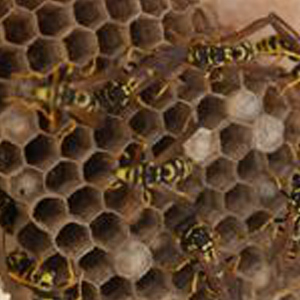
Explore Wasps
Wasp Facts for Kids
- Most wasps live less than one year and some only live for a few months.
- Stinging insects like bees, hornets and wasps send more than 500,000 people to the emergency room each year.
- Common home remedies for stings include coating the sting site with a meat tenderizer/water solution rinse, baking soda paste or even rubbing the site with an aluminum based deodorant!
There are 4,000 kinds of wasps in the United States. Typically, wasps are most active during the day and usually return to their nests at dusk. These pests are often seen flying around during the second half of summer and early fall when the colonies search for food that will sustain their queens during the winter.
Bald-Faced Hornets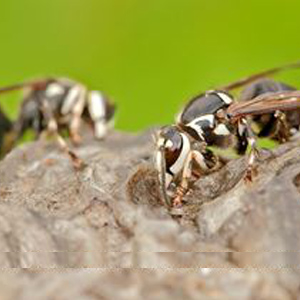
Bald-faced hornets get their name from the large white patches on their faces. They can be found across the United States. Its main predators are bears and raccoons.
- Size: 3/4″
- Shape: Wasp
- Color: Black and white
- Legs: 6
- Wings: Yes
- Antenna: Yes
- Common Name: Bald-faced hornet
- Kingdom: Animalia
- Phylum: Arthropoda
- Class: Insecta
- Order: Hymenoptera
- Family: Vespidae
- Species: Dolichovespula maculata
Diet:
Bald-faced hornets eat nectar and fruit juices.
Habitat:
Bald-faced hornets house their colonies inside large nests that they build hanging from trees, bushes, vegetation and occasionally from buildings. A single mated queen starts a new nest each spring by laying eggs inside a small nest made from paper strips and loose bark. The workers then gradually expand the size of the nest until it is larger than a basketball by the end of the summer. The queen lives deep in the nest, so she is always protected.
Impact:
Bald-faced hornets are aggressive and will attack anyone or anything that invades their space. They have smooth stingers, so they can sting over and over again. Their stings also carry venom that makes the stings hurt, itch or swell for about 24 hours. Humans are at the same risk of allergic reactions from a bald-faced hornet sting as with other hornet stings.
Prevention:
- Do not leave sweet drinks or meats out in the open.
- Call a pest management professional if you find hornets around your house.
European Hornets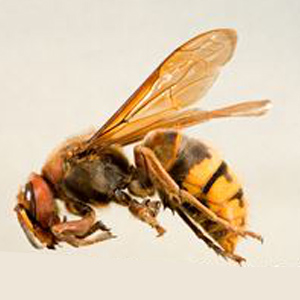
European hornets are much larger than other wasps. Unlike most other stinging insects, European hornets will fly at night.
Queens are the only females to reproduce. Most other hornets are female workers who build the hive, gather food, feed the young, and protect the colony. There are few males (also called drones) in the hive. Since their job is to mate with the queen, males typically die soon after mating.
- Size: 1 1/2″
- Shape: Wasp
- Color: Black with yellow markings
- Legs: 6
- Wings: Yes
- Antenna: Yes
- Common Name: European hornet
- Kingdom: Animalia
- Phylum: Arthropoda
- Class: Insecta
- Order: Hymenoptera
- Family: Vespidae
- Species: Vespa crabro
Diet:
Their diet consists mainly of large insects such grasshoppers, flies, bees, and yellow jackets. They also eat tree sap, fruit and honeydew. And, unlike other species of hornet, the European hornet will hunt in groups.
Habitat:
Nests are typically built in hollow trees, but they are often found in barns, sheds, attics, and hollow areas of house walls. Unlike its cousins the yellow jacket and the bald-faced hornets, European hornets rarely build nests that are free hanging or in unprotected areas, such as tree limbs. They use decaying wood fiber to build a shell around their nest as protection. As winter approaches, the worker bees die off and the Queen will leave the existing nest and find an empty log or other sheltered spot to spend the winter.
Impact:
European hornets can do a great deal of damage to trees and shrubs, because they strip the bark to get to the sap. They also use the bark fiber to build their nests. They have smooth stingers, so they can sting over and over again. Their stings also carry venom that makes the stings hurt, itch or swell for about 24 hours. A European hornet sting has the same risk of allergic reactions from as with other wasp stings.
Prevention:
- Do not leave sweet drinks or meats out in the open.
- Call a pest management professional if you find hornets around your house.
Yellow Jackets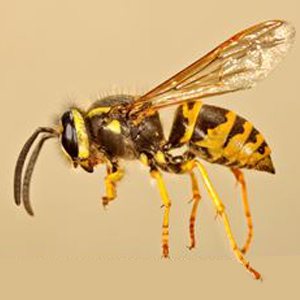
Yellow jackets are social insects that live in nests or colonies with up to 4,000 workers. These flying insects typically have a yellow and black head/face and patterned abdomen. Many say that the pattern resembles stripes.
- Size: 3/8″ to 5/8
- Shape: Wasp
- Color: Black with yellow stripes
- Legs: 6
- Wings: Yes
- Antenna: Yes
- Common Name: Yellow jacket
- Kingdom: Animalia
- Phylum: Arthropoda
- Class: Insecta
- Order: Hymenoptera
- Family: Vespidae
- Species: Vespula vulgaris
Diet:
Yellow jackets eat spiders and insects. They will also feed on human food, especially meats and sweets. Unlike bees, wasps do not make honey or store food.
Habitat:
Yellow jackets like to be where humans live. They usually build their nests underground, around garbage and in cool, dark spaces. They also build nests in trees, shrubs and in holes in walls. Most yellow jacket colonies only remain active for one year. Then the queen flies off to start a new colony. The remaining bees die in the fall and the nest is abandoned. Look for yellow jacket nests during the day, because you can see them flying in and out, but destroy nests at night, when they are dormant and all there.
Impact:
Wasps help farmers by eating pests that can destroy crops. They are dangerous because they can sting multiple times, injecting venom into the host. For most people a yellow jacket sting just causes a welt and temporary pain, but their sting can cause allergic reactions to people sensitive to this venom.
Prevention:
- Do not leave sweet drinks or meats out in the open.
- Call a pest management professional if you find yellow jackets around your house.


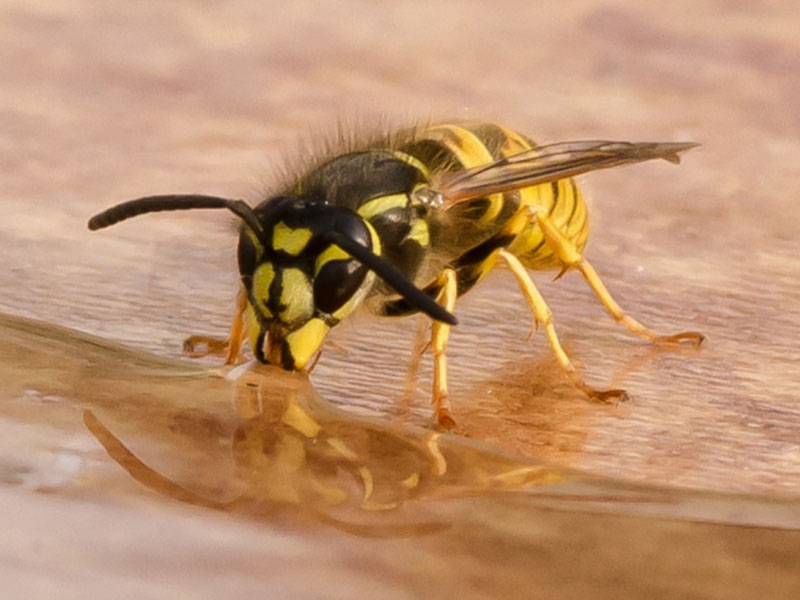
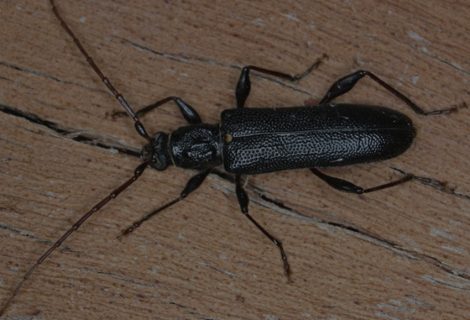
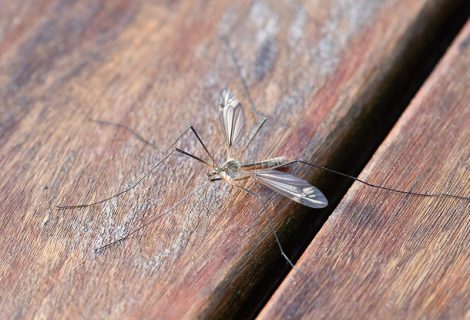
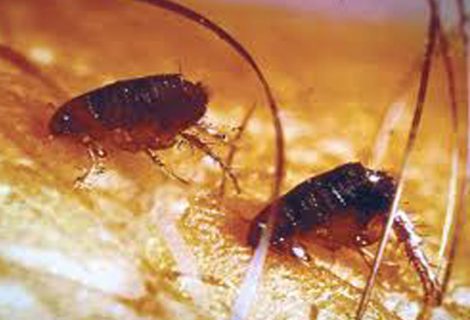
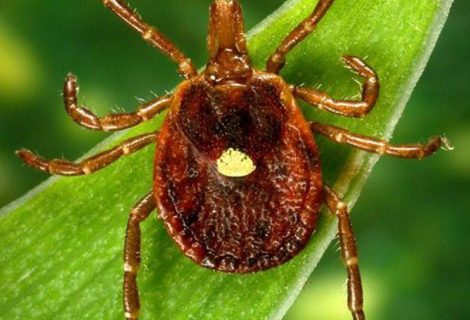
Recent Comments